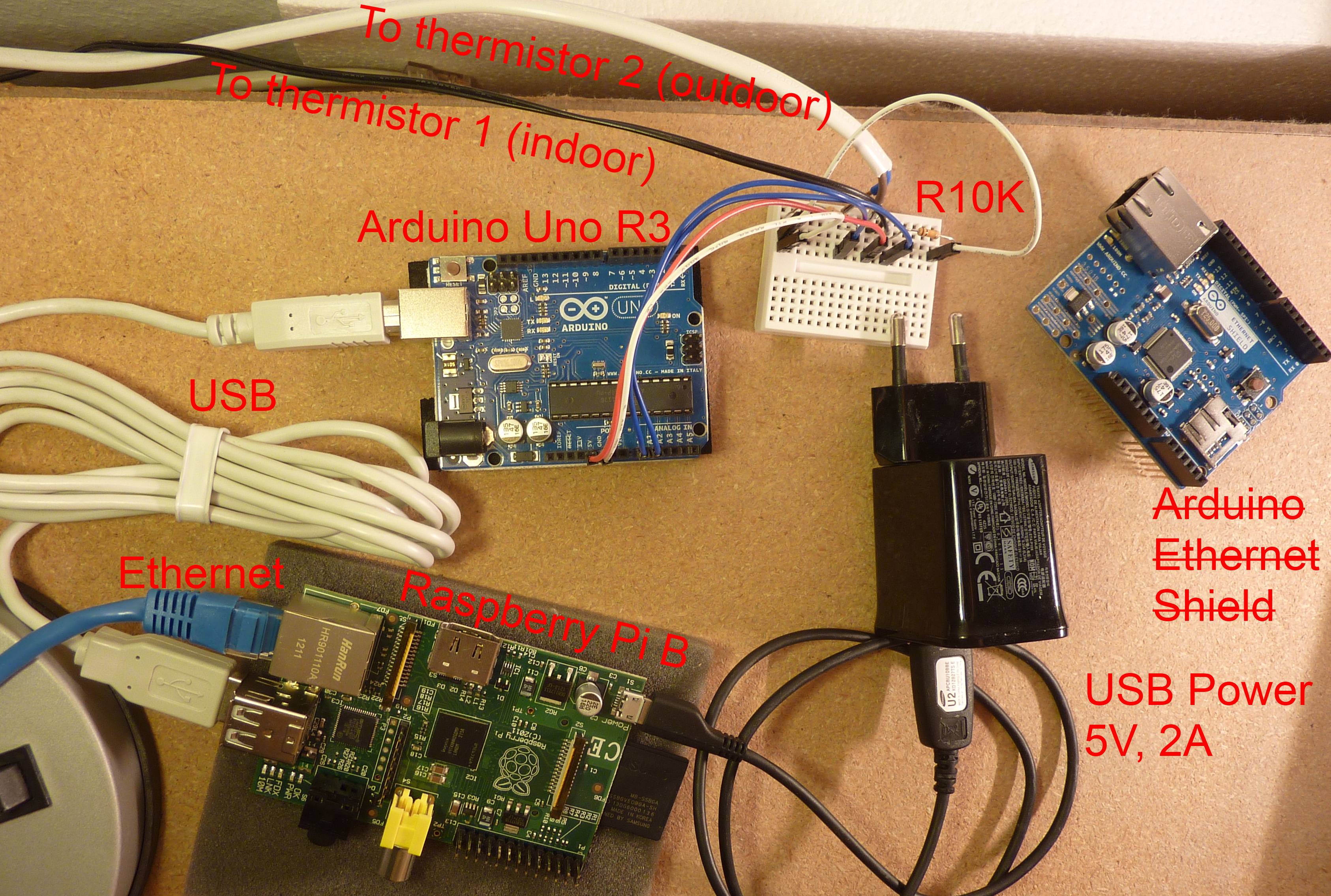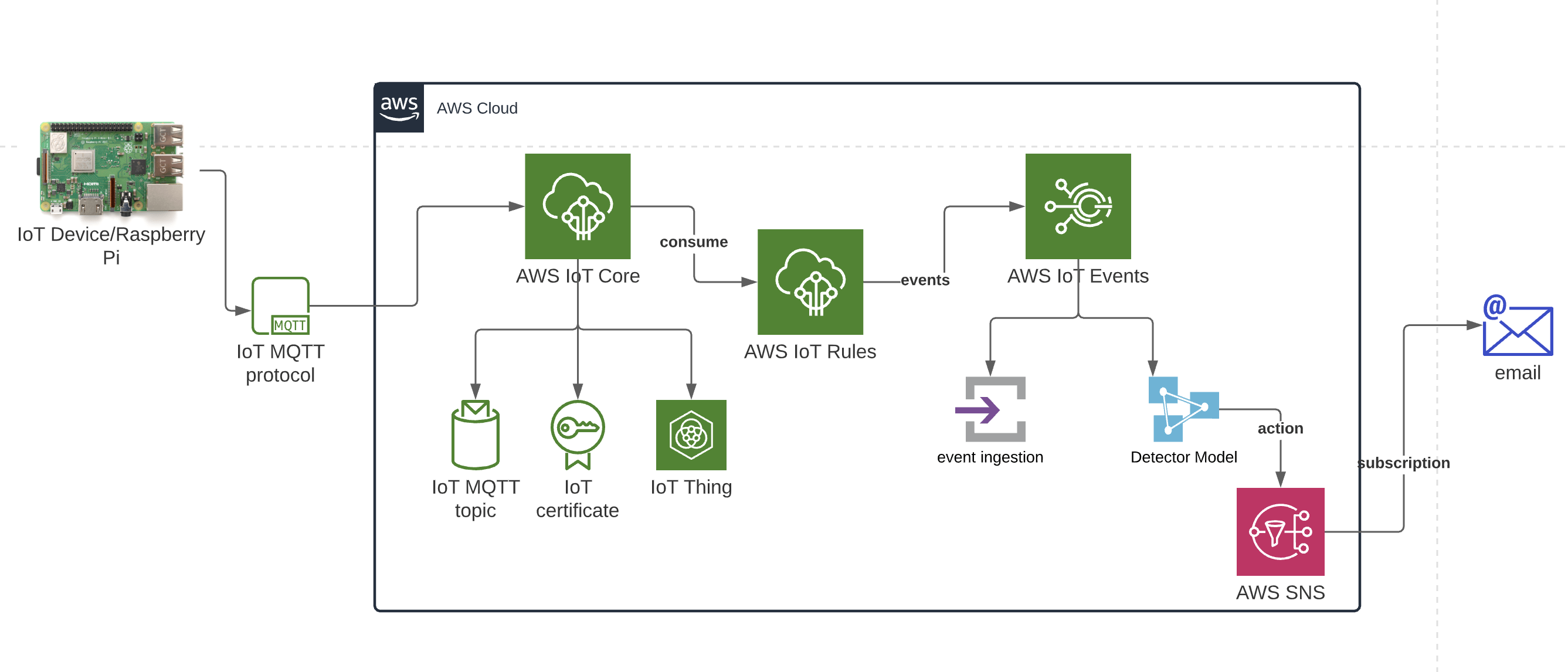Securely Connect Remote IoT VPC Raspberry Pi: The Ultimate Guide
In today's interconnected world, securely connecting remote IoT devices to a Virtual Private Cloud (VPC) using a Raspberry Pi has become a critical task for developers and IT professionals. As more devices join the Internet of Things (IoT) ecosystem, ensuring secure communication is essential to protect sensitive data and maintain system integrity. This guide will walk you through the process of setting up a secure connection between your IoT devices and a VPC using a Raspberry Pi.
This article is designed for readers who want to understand the technical aspects of securing remote IoT connections. Whether you're a beginner or an experienced professional, this guide will provide valuable insights into creating a robust and secure IoT infrastructure. By the end of this article, you'll have a clear understanding of the tools, techniques, and best practices required to achieve this goal.
With the growing number of cyber threats targeting IoT devices, it's crucial to adopt a proactive approach to security. This article will cover everything from setting up a Raspberry Pi as a secure gateway to configuring your VPC for optimal performance and security. Let's dive in and explore how you can securely connect remote IoT devices to your VPC using a Raspberry Pi.
Table of Contents
- Introduction to IoT and VPC
- Raspberry Pi Overview
- Securing IoT Devices
- VPC Architecture
- Connecting IoT to VPC
- Remote Access
- Best Practices for Security
- Troubleshooting Common Issues
- Real-World Examples
- Conclusion
Introduction to IoT and VPC
The Internet of Things (IoT) refers to the network of physical devices embedded with sensors, software, and connectivity that enables them to exchange data. A Virtual Private Cloud (VPC) is a secure and isolated section of a cloud environment where you can deploy and manage your applications and services. Combining IoT with VPC allows for centralized management and secure communication between devices.
Why Use VPC for IoT?
Using a VPC for IoT provides several advantages:
- Enhanced security through network isolation
- Centralized control and monitoring
- Scalability to accommodate growing numbers of devices
- Flexibility in configuring network settings
These benefits make VPC an ideal choice for managing IoT devices in a secure and efficient manner.
Raspberry Pi Overview
The Raspberry Pi is a compact and affordable single-board computer that has gained popularity among hobbyists and professionals alike. It is highly versatile and can be used for a wide range of applications, including acting as a gateway for IoT devices.
Key Features of Raspberry Pi
- Compact size and low power consumption
- Support for various operating systems, including Linux
- Multiple GPIO pins for interfacing with external devices
- Networking capabilities, including Wi-Fi and Ethernet
These features make the Raspberry Pi an excellent choice for setting up a secure connection between IoT devices and a VPC.
Securing IoT Devices
Securing IoT devices is a critical step in ensuring the overall security of your network. This involves implementing various measures to protect devices from unauthorized access and cyber threats.
Steps to Secure IoT Devices
- Use strong and unique passwords for all devices
- Enable encryption for data transmission
- Regularly update firmware and software
- Implement firewalls and intrusion detection systems
By following these steps, you can significantly reduce the risk of security breaches in your IoT network.
VPC Architecture
Understanding VPC architecture is essential for setting up a secure connection between IoT devices and a VPC. A typical VPC architecture includes subnets, route tables, security groups, and network access control lists (ACLs).
Components of VPC Architecture
- Subnets: Divides the VPC into smaller networks
- Route Tables: Defines how traffic is routed within the VPC
- Security Groups: Acts as a virtual firewall for instances
- Network ACLs: Controls traffic at the subnet level
By configuring these components properly, you can create a secure and efficient VPC environment for your IoT devices.
Connecting IoT to VPC
Connecting IoT devices to a VPC involves several steps, including setting up the Raspberry Pi as a gateway, configuring the VPC, and establishing secure communication channels.
Steps to Connect IoT to VPC
- Install and configure the Raspberry Pi as a gateway
- Set up the VPC with appropriate subnets and security groups
- Establish secure communication using protocols like MQTT or HTTPS
These steps ensure that your IoT devices can communicate securely with the VPC.
Remote Access
Remote access to your IoT devices and VPC is essential for monitoring and management purposes. This can be achieved using various tools and protocols, such as SSH, VPN, and remote desktop solutions.
Options for Remote Access
- SSH: Secure Shell for command-line access
- VPN: Virtual Private Network for secure connections
- Remote Desktop: Graphical interface for remote management
By implementing these options, you can securely access your IoT devices and VPC from anywhere in the world.
Best Practices for Security
To ensure the security of your IoT devices and VPC, it's important to follow best practices. These include regularly monitoring your network, implementing access controls, and keeping your systems up to date.
Best Practices Checklist
- Regularly monitor network activity for suspicious behavior
- Implement multi-factor authentication for access control
- Keep all systems and software updated with the latest patches
Following these best practices will help you maintain a secure and reliable IoT infrastructure.
Troubleshooting Common Issues
Even with the best planning and implementation, issues can arise when connecting IoT devices to a VPC. Common problems include connectivity issues, configuration errors, and security breaches.
Tips for Troubleshooting
- Check network settings and configurations
- Review logs for error messages and warnings
- Perform regular security audits and assessments
By addressing these issues promptly, you can ensure the smooth operation of your IoT network.
Real-World Examples
Several organizations have successfully implemented secure IoT-VPC solutions using Raspberry Pi. These examples demonstrate the effectiveness of this approach in various industries.
Case Study: Smart Agriculture
In the agriculture industry, IoT sensors are used to monitor environmental conditions such as temperature, humidity, and soil moisture. By connecting these sensors to a VPC using a Raspberry Pi, farmers can remotely monitor and manage their crops, leading to increased efficiency and productivity.
Conclusion
Securing remote IoT connections to a VPC using a Raspberry Pi is a complex but rewarding task. By following the steps outlined in this guide, you can create a robust and secure IoT infrastructure that meets the needs of your organization.
We encourage you to leave a comment below sharing your thoughts or experiences with securing IoT devices. Additionally, feel free to explore other articles on our site for more insights into IoT and cloud computing. Together, let's build a safer and more connected world!
Data Sources:
Article Recommendations

